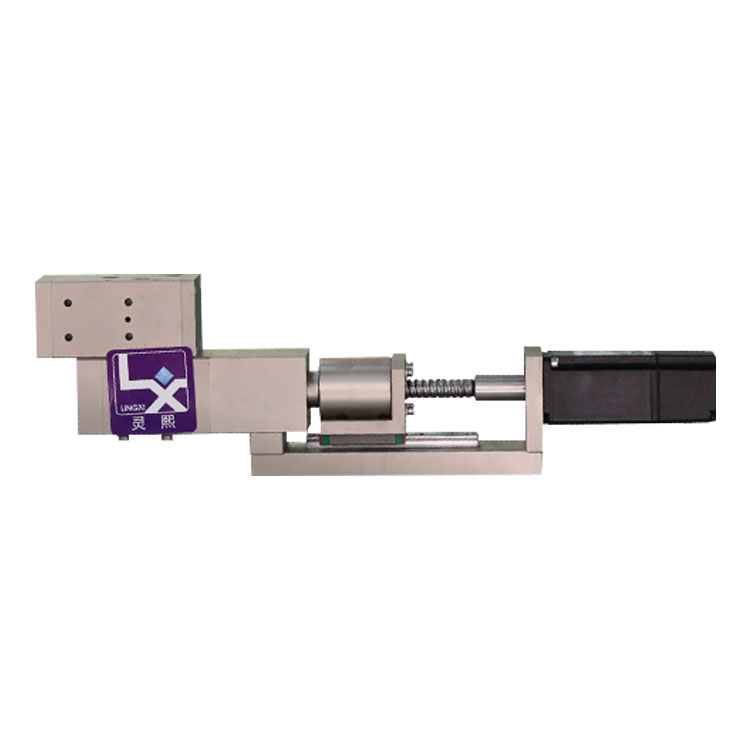Produkt z zaworem pneumatycznym serii KST-610
Pneumatic Valve Series KST-610 product Main technical parameters:
| model | KST-610 |
| features | With fine-tuning function, micro-application |
| work pressure | Up to 180kg/c㎡ |
| application | Liquid grease, non-drying hard glue |
| air pressure demand | 0.4~0.6MPA |
| physical dimension | 30mm×30mm×175mm |
A pneumatic valve is a valve that uses pneumatic devices such as cylinders or air motors to control fluid flow. It is commonly used in industrial automation systems to control the switching and regulation of gaseous or liquid fluid media. The working principle of the pneumatic valve is based on the principle of aerodynamics, and the opening and closing or adjustment action of the valve is driven by controlling the air pressure.
The basic composition of the pneumatic valve includes the following main parts:
1.Valve body: The valve body is the main casing of the pneumatic valve, usually made of metal or alloy materials. It is used to connect pipes and ensure that fluid flows in the correct direction.
2.Spool: The spool is the key component of the valve, which can move in the valve body to control the flow of the medium. The air pressure is applied by the pneumatic device to push the movement of the valve core, so as to realize the opening, closing or partial opening of the valve.
3.Pneumatic device: The pneumatic device of the pneumatic valve can be a cylinder or an air motor. The cylinder is usually the most common pneumatic device, which consists of a piston and a cylinder barrel, and uses compressed air to push the piston to drive the valve core. An air motor is a pneumatic device that can achieve continuous rotary motion, and is suitable for occasions that require rotary valves.
4.Control element: The control element is used to adjust the air pressure of the pneumatic device, thereby controlling the position of the spool. Common control components include air control valves and solenoid valves, which control the on and off of the air source according to the signal to realize the automatic control of the valve.
5.Position indicator: The position indicator is usually a display device used to display the position status of the spool so that the operator can know the working status of the valve in real time.
FAQ
Q: What is a pneumatic valve?
A: A pneumatic valve is a valve that uses pneumatic devices such as cylinders or air motors to control the flow of fluid. It is commonly used in industrial automation systems to control the switching and regulation of gaseous or liquid fluid media.
Q: What are the main components of the pneumatic valve?
A: The main components of a pneumatic valve include a valve body, a valve core, a pneumatic device (such as a cylinder or an air motor), a control element (such as a pneumatic control valve or a solenoid valve) and a position indicator.
Q: What is the working principle of the pneumatic valve?
A: The working principle of the pneumatic valve is based on the principle of aerodynamics. The pneumatic device is driven by controlling the pressure of the air source to push the movement of the valve core, thereby controlling the flow of the medium. Opening, closing or regulating the valve is achieved by controlling the action of pneumatic devices.
Q: In what fields are pneumatic valves widely used?
A: Pneumatic valves are widely used in industrial fields, such as chemical industry, petroleum, natural gas, electric power and other industries. They play an important role in fluid control and automation systems, providing advantages of reliability, fast response and ability to withstand harsh operating conditions.
Q: What are the common faults of pneumatic valves?
A: Common failures of pneumatic valves include leakage, hysteresis, spool sticking, non-response to control signals, noise, unstable flow and temperature issues, etc. These failures may be due to worn seals, malfunctioning control components, air supply problems, or other factors.
Q: How to solve common faults of pneumatic valves?
A: The method of solving common faults of pneumatic valves depends on the specific situation. Usually, the problem can be solved by replacing worn parts, cleaning the valve core and valve body, ensuring a stable air source, checking the working status of the control components, etc. For complex faults, it is best to have experienced professionals carry out inspection and maintenance.
Q: How to ensure the safety and stability of the pneumatic valve?
A: In order to ensure the safety and stability of the pneumatic valve, it should be maintained regularly and used in strict accordance with the manufacturer’s operating procedures. During the operation, pay attention to safe operation, prevent overload, overvoltage and other abnormal conditions, and avoid using improper or unsuitable media. For pneumatic valves in special environments, it is also necessary to consider adding appropriate safety measures, such as heat insulation and antifreeze.
We have obtained various international management system certifications and comply with production standards in different regions.
The FAQ is regularly updated to reflect the latest information and to ensure that you have the most accurate details at your fingertips.
Thank you for choosing us, and we hope you find the answers you need!


















